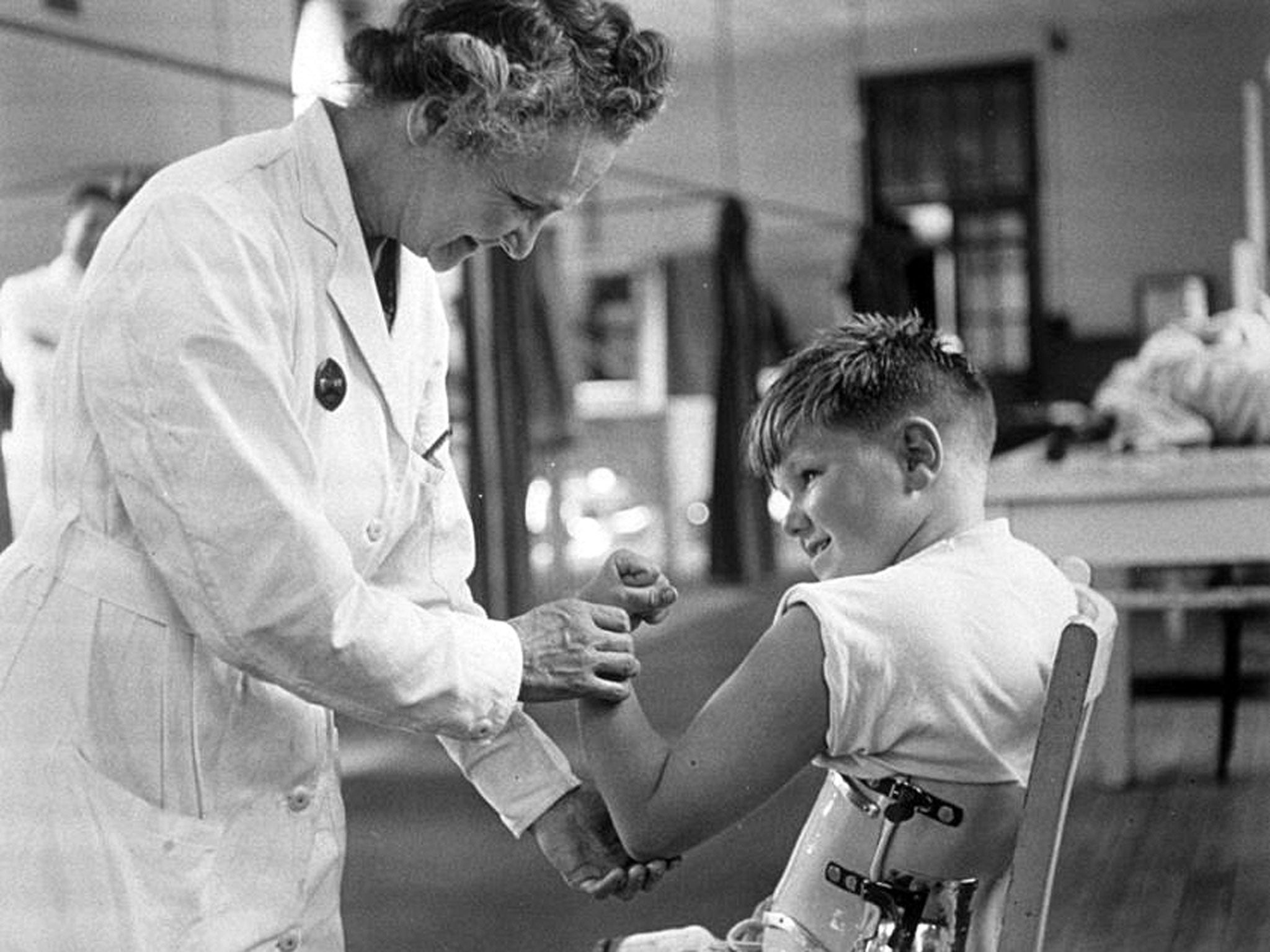The Battle to Beat Polio, BBC2 - TV Review: 'Home truths from Stephanie Flanders in a revealing look at the fight against polio'

Your support helps us to tell the story
From reproductive rights to climate change to Big Tech, The Independent is on the ground when the story is developing. Whether it's investigating the financials of Elon Musk's pro-Trump PAC or producing our latest documentary, 'The A Word', which shines a light on the American women fighting for reproductive rights, we know how important it is to parse out the facts from the messaging.
At such a critical moment in US history, we need reporters on the ground. Your donation allows us to keep sending journalists to speak to both sides of the story.
The Independent is trusted by Americans across the entire political spectrum. And unlike many other quality news outlets, we choose not to lock Americans out of our reporting and analysis with paywalls. We believe quality journalism should be available to everyone, paid for by those who can afford it.
Your support makes all the difference.Not every tale of scientific endeavour is full of bravery and ingenuity. The appeal of The Battle to Beat Polio (BBC2), a documentary fronted by former BBC economics editor Stephanie Flanders, was how it revealed the recklessness, egotism and pure chance that can also play a part in life-saving medical research.
Polio is a disease that has touched Flanders own life directly. Her father, the comic singer Michael Flanders, contracted the virus aged 21 while serving in the Royal Navy. He was in a wheelchair for the rest of his life and later died from associated complications when Stephanie was six. Her uncle Patrick Cockburn (Middle East correspondent for The Independent) also survived a childhood bout of polio and has himself written a book on the subject.
Even without these personal testimonies (and there were many besides Flanders' and Cockburn's), the archive footage would have been a heartbreaking watch: floppy-limbed babies gazing at the camera, children struggling in medieval-looking callipers and even unluckier children confined to the terrifying "iron lung" device. This was Michael Flanders' lot 24 hours a day, for six months and Stephanie demonstrated the claustrophobic horror he must have endured by trying one out herself. According to Professor Gareth Williams, 70 per cent of iron lung patients did not survive: "It looked like a coffin and, effectively, it was a coffin."
All these suffering innocents and their terror-struck parents were very reminiscent of last week's mid-century medical documentary on BBC2, Thalidomide: the Fifty Year Fight. This time, however, some grey-shaded portraits were added to the sketch of an era. Somewhere between hero, villain and victim, there were the scientists themselves.
In the 1930s, Dr John Kolmer decided to inject thousands of schoolchildren with a virtually untested vaccine including the live virus, and in 1948, Hilary Koprowski tested his vaccine on "volunteers" from Letchworth Village, a home for "feebly minded" children in upstate New York. Flanders gave her film a neat ending by demonstrating the great irony of this reckless competition between rival scientists. Jonas Salk and Albert Sabin spent years trying to outdo each other, but today neither man is credited with the near-complete eradication of polio. Instead, it is only by using both their vaccines in concert that this goal will be completed for good.
Join our commenting forum
Join thought-provoking conversations, follow other Independent readers and see their replies
Comments